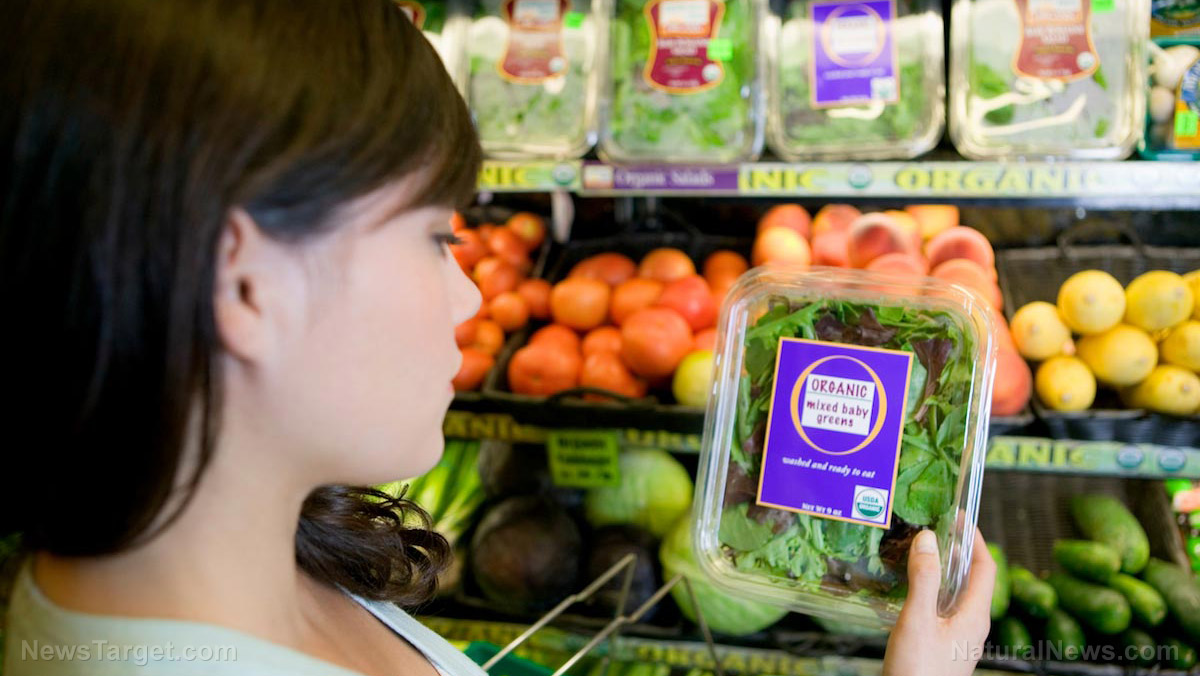
However, the survey also revealed that about eight in 10 consumers reported finding conflicting information on foods that should and should not be eaten. In addition, more than half of the respondents reported that these conflicting information prompted them to doubt their food choices. The research team also found that respondents placed vitamin D, fiber, and whole grains in the top tier of healthfulness, while saturated fats were ranked in the bottom tier. The poll also showed that about half of respondents 65 years and older labeled unsaturated fats as healthy, compared with only 33 percent of those 18 to 34 years old.
"I wasn't that surprised to see that 78 percent reported that they encountered conflicting information, but our follow-up question to that had, I think, a really interesting data point in it, and that was that about half -- so around 56 percent -- say that this conflicting information causes them to doubt the choices that they're making. I think that shows that for at least half of our respondents, this conflicting information was leading to some doubt that made it harder to sort through all the conflicting information. Americans rely on many different sources for their information when it comes to what foods to eat and what foods to avoid. Not all of these sources are really highly trusted, and it is likely that these sources share inconsistent information," said Liz Sanders, survey co-author and Director of Research and Partnerships at the IFIC.
"Two-thirds of us are overweight or obese. Fifty percent of Americans have either diabetes or prediabetes by age 65 now. That means that whatever we're doing, it's really not working. So it's proof that yes, in fact, people are confused. They're not making choices that benefit their health, and it's not because they're not trying," outside expert Dr. Roxanne Sukol added.
More results from the Food and Health survey
The research team found that confusion about healthy foods persisted even when the respondents were provided with nutrition information. According to the survey, many respondents considered price, brand name, a short ingredient list, and place of purchase as factors that make for healthy food. The respondents also thought that fresh food products are healthier than their frozen or canned foods. However, the survey showed a more positive light on the participants' preferred source of information. According to the survey, scientific studies were among the top references for healthy eating among the participants. News articles and headline also ranked among the most trusted information sources for the respondents. (Related: Learn how food information can influence eating habits)
The research team also found that weight loss was ranked as the most ideal health benefit for participants ages 18 to 49 years, while preventing cardiovascular disease has become a priority for middle-aged and older participants. The survey also revealed that three in four respondents prefer foods with non-GMO labels, as these items were perceived as healthier and safer items. In addition, the research team found an increasing number of people avoiding either added sugars or artificial sweeteners.
Sources include:
Please contact us for more information.

















